The analog sound on vinyl holds a special allure that digital formats often struggle to replicate. This unique appeal lies in the warmth and depth of sound that vinyl records provide, qualities that evoke a sense of nostalgia and authenticity appreciated by music lovers. When sound waves are captured in the analog format, they preserve the original audio waves without the compression that digital formats might impose. This full, uninterrupted sound is why many audiophiles consider the vinyl records audio production superior, offering a richer listening experience.

How Sound is Captured and Encoded on a Vinyl Record
Understanding the Groove
Each groove is meticulously carved to reflect the intricate details of the sound waves. The width and depth of these grooves determine the frequency and amplitude of the sound, respectively. Higher frequencies require tighter spacing, while lower tones are captured with wider and deeper grooves. Precise variability in the groove structure allows the stylus to interpret and playback the sounds with great accuracy, contributing to the vinyl sound quality that enthusiasts love.
The Process of Audio Mastering
Mastering vinyl is an art form that requires a deep understanding of how vinyl records transform physical grooves into sound. During mastering, engineers apply a unique set of EQ adjustments to compensate for the vinyl’s physical limitations, ensuring that the final product sounds as close as possible to the original recording. They must carefully balance the bass and treble to prevent distortion and manage how the stylus will move along the grooves. This step is crucial for maintaining the integrity of the music collection essentials.
Differences Between Analog and Digital Sound Encoding
Analog recording, such as on vinyl, captures continuous waves, creating a waveform that mirrors the original sound. In contrast, digital recording samples sound at discrete intervals and converts these samples into digital data. While digital offers consistency and convenience, many argue that analog provides a truer representation of live sound, enhancing the impact of vinyl on the listening experience.
How Pressing Quality Affects Sound Precision
High-quality pressings are produced with meticulous attention to the manufacturing process, ensuring minimal impurities and defects. These superior pressings enhance the playback by reducing noise and distortion, allowing for a clearer and more precise sound reproduction. Such a level of quality is particularly important for rare vinyl records, where every nuance in sound can significantly impact the listening experience.
The Role of the Stylus and Cartridge in Sound Production
How the Stylus Reads Grooves to Create Vibrations
As the needle travels, it vibrates according to the groove's minute variations in width and depth, directly correlating with the original sound waves' frequency and amplitude. These vibrations are the physical manifestations of the music stored on the record, and how accurately they are produced impacts the vinyl sound quality. The precision with which a stylus can trace these grooves is fundamental to the fidelity and warmth that vinyl is known for.
The Cartridge
Attached to the stylus, the cartridge is responsible for converting mechanical energy into electrical signals that can be amplified and converted into sound. This component is critical in determining the overall audio output quality. The cartridge houses a transducer, which functions when the stylus picks up vibrations from the grooves, creating corresponding electrical signals. The effectiveness of this conversion greatly affects the impact of vinyl on the listening experience, distinguishing good from great sound reproduction in vinyl records for collectors.
Importance of Stylus Shape and Material
The shape and material of the stylus are integral to the reproduction of detailed sound. Different shapes, such as conical or elliptical, interact with the grooves in varied ways, affecting how much of the groove’s information is picked up. Materials like diamond or sapphire are preferred for their hardness and durability, which help in maintaining clarity and reducing record wear over time. Choosing the right stylus is essential for audiophiles seeking the best analog vinyl records experience.
Maintaining Stylus Health
A well-maintained stylus not only prolongs the life of both the needle and the records but also ensures that the audio output remains of high quality. Over time, dust, debris, and regular wear can degrade the stylus's effectiveness, leading to poorer sound quality and potential damage to your valuable records. Here are steps to maintain your stylus:
- Regular Cleaning: Clean your stylus regularly with a soft stylus brush to remove dust and debris. This is best done in a back-to-front motion, gently sweeping the brush across the stylus before and after each playback session. Consistent cleaning prevents the buildup that can affect sound quality and cause skips or muffled audio. Dust, lint, and particles from the air and record surface accumulate quickly, especially if records are played frequently. Using a designated brush or a special stylus-cleaning solution designed for this purpose can ensure that the cleaning process is gentle and thorough.
- Inspect for Wear: A worn or damaged stylus may look blunt, chipped, or misshapen. When these signs appear, replacing the stylus is crucial to prevent damage to your records and preserve audio quality. Observing the stylus under magnification is one way to examine its condition, especially if you listen to records frequently or play older, rougher records. If wear is visible, it’s wise to replace the stylus before it affects playback or harms records, maintaining sound fidelity and the longevity of your collection.
- Proper Handling: Handling the stylus carefully every time you use your record player helps prevent accidental damage. Avoid touching the stylus directly with your fingers, as oils and dirt from the skin can transfer and affect playback. Also, ensure not to drop or bump the tonearm, as this can bend or damage the stylus tip. Setting the tonearm down slowly and ensuring it rests correctly on the record surface reduces potential impact, prolonging its life. Minimizing direct contact with the stylus protects its delicate parts from contamination or damage, ensuring it functions at its best.
- Tracking Force Adjustment: Too much force can wear down both the stylus and the record more quickly, while too little can cause the stylus to skip and potentially scratch the record. Consult your cartridge manufacturer's guidelines for the ideal tracking force, and use a tracking force gauge if necessary to ensure accurate calibration. Proper tracking force adjustment ensures that the stylus follows the grooves precisely, providing the best sound quality while minimizing wear on both the stylus and the record.
- Upgrade When Necessary: If your stylus has seen extensive use or if you’re seeking improved performance, consider upgrading to a higher-quality model. An upgraded stylus can offer superior tracking ability and reduce wear on records, often with enhancements in clarity and detail for an elevated listening experience. High-quality styluses are typically crafted from advanced materials and with finer tips, allowing them to track grooves more accurately and produce a fuller sound. Upgrading can be especially beneficial if you have invested in high-quality records or enjoy listening to nuanced audio details.
Adhering to these guidelines can significantly extend the life of both your stylus and your vinyl records, ensuring that each play is as close to the original recording as possible. This attention to detail is especially important for collectors who pride themselves on maintaining a pristine music collection and for those who continually seek the best vinyl album listening experience.

Factors That Enhance Vinyl Sound Quality
High-Quality Pressings
The production quality of vinyl records plays a critical role in the auditory excellence they can offer. High-quality pressings are meticulously crafted to ensure that each groove accurately captures the nuances of the original recordings. Attention to detail results in a reduction of unwanted noise and a significant enhancement in sound clarity and depth. Such pressings are especially sought after by audiophiles and collectors, as they represent the pinnacle of what vinyl sound quality can achieve, providing a listening experience that truly honors the artist’s original intent.
180-gram and Audiophile-Grade Vinyl
180-gram vinyl records are renowned for their superior sound quality and durability. These thicker, heavier records are less prone to warping and provide a more stable platform for the stylus to track, which minimizes distortion. Audiophile-grade vinyl is similarly revered for its meticulous production process that focuses on achieving the highest fidelity possible. These records often utilize virgin vinyl, which is free of impurities that can cause acoustic artifacts, thereby ensuring a cleaner, more dynamic sound.
Mastering Techniques That Improve Vinyl Sound Fidelity
Unlike digital formats, vinyl requires a special approach during the mastering process to ensure that the sound remains true to the original recording while preventing any playback issues. Each technique used in mastering vinyl contributes to creating a listening experience that is both immersive and faithful to the artist's intent. Here are several essential techniques that mastering engineers use to optimize sound fidelity for vinyl:
- Use of an Analog Master: Starting with an analog master tape is often preferred because it maintains the natural warmth of analog sound without the need for digital conversion. Analog tapes capture the raw essence of a recording, allowing listeners to experience the nuanced tonal qualities that digital formats may not fully replicate. By avoiding the step of converting digital files back to analog, an analog master tape preserves the authenticity of the original sound. Using an analog master also aligns with the limitations and strengths of vinyl, delivering a more organic and textured auditory experience that enhances the appeal of vinyl listening.
- Avoiding Excessive Compression: Excessive compression, often used in digital formats to increase loudness, can detract from the rich, dynamic sound that vinyl can offer. Vinyl benefits from retaining a broader dynamic range, allowing listeners to appreciate subtle variations in volume and intensity across the record. Maintaining lower compression levels lets the music breathe, with natural highs and lows that create an immersive listening experience. Excessive compression on vinyl can lead to distortion and a loss of clarity, diminishing the quality of playback.
- Tailoring Frequency Response: Mastering engineers often tailor the frequency response by rolling off these extremes to ensure that the sound remains clear and balanced. This adjustment prevents distortion, particularly in the bass frequencies, which can cause the stylus to mis-track or skip. Rolling off extreme frequencies also minimizes the risk of unwanted noise and keeps the playback smooth and consistent. Tailoring the frequency response helps achieve a harmonious balance, ensuring that the music translates well on vinyl without risking audio issues and preserving the integrity of the recording for optimal sound quality.
- Adjusting Stereo Base for Low Frequencies: In vinyl mastering, adjusting the stereo base for lower frequencies is essential to prevent groove overcutting and potential playback issues. Narrowing the stereo field in the lower frequencies helps keep bass and other low-end sounds from causing excessive groove width, which can affect tracking. Lower-frequency sounds are more demanding on the vinyl groove, and if left uncontrolled, they can lead to playback challenges. In carefully narrowing the stereo field for bass frequencies, mastering engineers enhance the record’s durability and ensure that low-end elements do not compromise playback, delivering a cleaner and more reliable sound on vinyl.
- Control of Sibilance: Managing sibilance or harsh high-frequency sounds typically associated with vocal recordings is crucial to prevent distortion on vinyl. Vinyl’s physical format can amplify sibilant sounds, causing unpleasant distortion if not carefully controlled. Mastering engineers use tools to manage these high frequencies, preserving vocal clarity without compromising on quality. Controlling sibilance enhances the listening experience by maintaining a smooth and balanced sound, especially in vocal-heavy recordings.
Each of these techniques is applied with care to optimize the sound, creating a listening experience that is both faithful to the original recording and well-suited to vinyl’s distinct qualities. This is particularly important for iconic vinyl records and rare records for vinyl enthusiasts, where preserving the unique qualities of the sound is paramount.
Building a Vinyl Collection for the Best Analog Sound
Essential Albums
Curating a vinyl collection that highlights the distinctive warmth and depth of analog sound involves selecting albums renowned for their superior audio quality. Albums such as Pink Floyd's The Dark Side of the Moon and Miles Davis' Kind of Blue are celebrated not only for their musical artistry but also for their exceptional recording quality. These records are pressed from original master tapes, offering listeners a truly immersive experience that digital formats struggle to match.
Rare and Iconic Records
Limited edition pressings, colored vinyl, and records with unique artwork or autographs offer both aesthetic and auditory pleasure. These collectibles not only enhance a collection's visual appeal but often hold significant financial value, increasing their allure. The search for these treasures takes persistence and a keen eye, with many collectors using specialized online sites for vinyl records to track down these prized items.
Popular Genres and Artists
Certain genres and artists are renowned for their production quality, making their records must-haves for serious collectors. Jazz and classical music, for example, are genres where the nuances of vinyl sound quality can be fully appreciated, with artists like John Coltrane and Beethoven's orchestral works being prime examples. Rock and blues records, particularly those from the golden age of the 1960s and 1970s, are also coveted for their dynamic range and the visceral presence of analog recordings.

Top Online Record Stores
These stores not only offer a wide selection of both new and vintage vinyl, but they also provide detailed grading information, ensuring buyers know exactly what they are getting. Websites like Vinyl.com serve as an extensive marketplace where individuals and professional sellers list millions of records, including hard-to-find and limited-edition presses. Ensuring you purchase from well-rated sellers with good feedback can significantly enhance your buying experience.
Creating a vinyl record collection is a personal journey that reflects one’s musical tastes, experiences, and even aspirations. Each album serves as a milestone, a memory, or a piece of art that collectively tells the story of one's life through music. This journey enriches not only your home environment but also your understanding and appreciation of music.


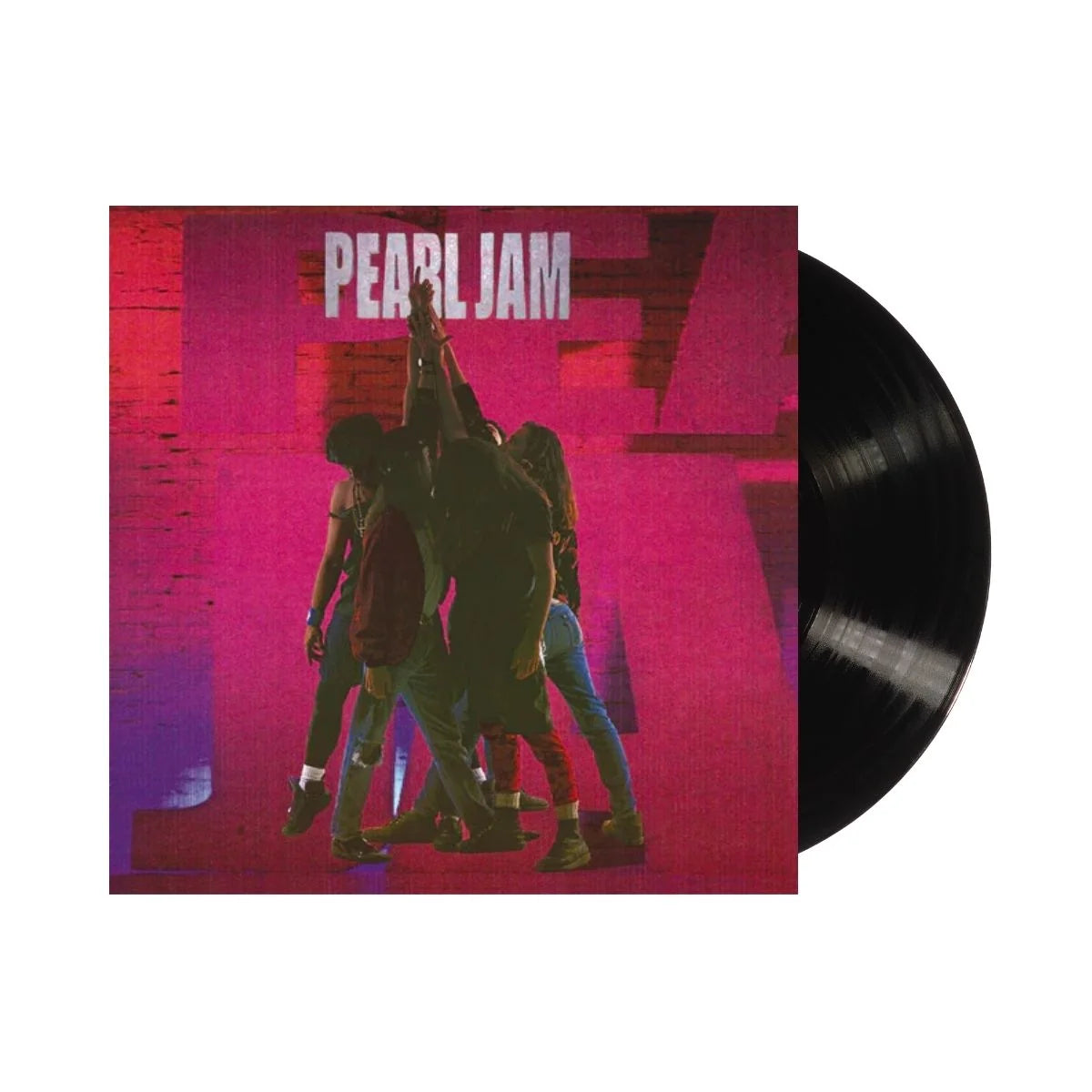
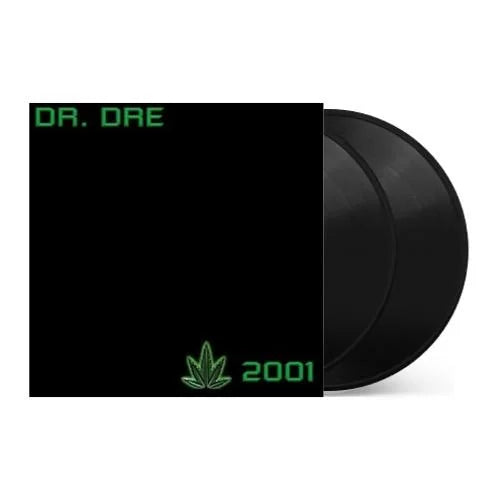

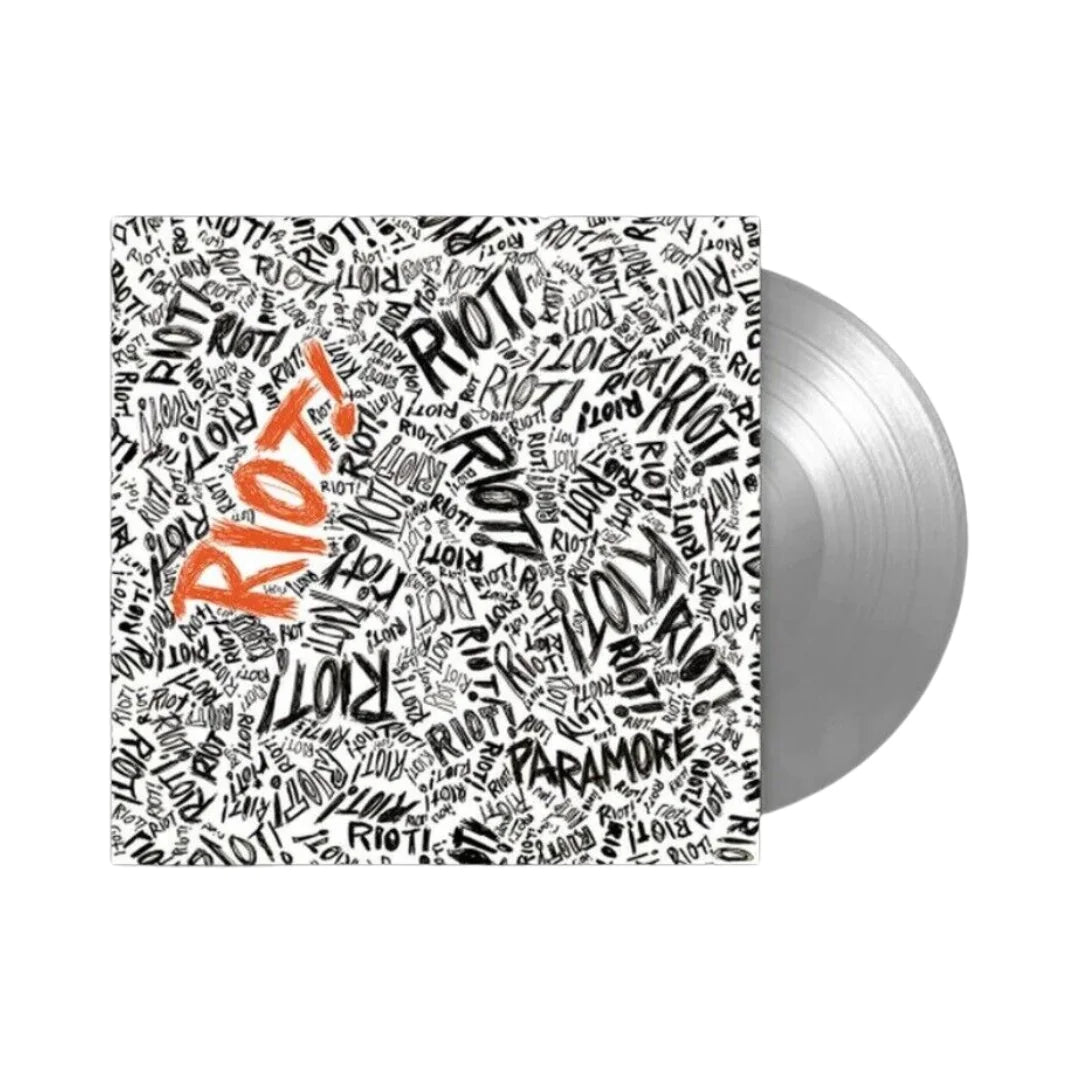
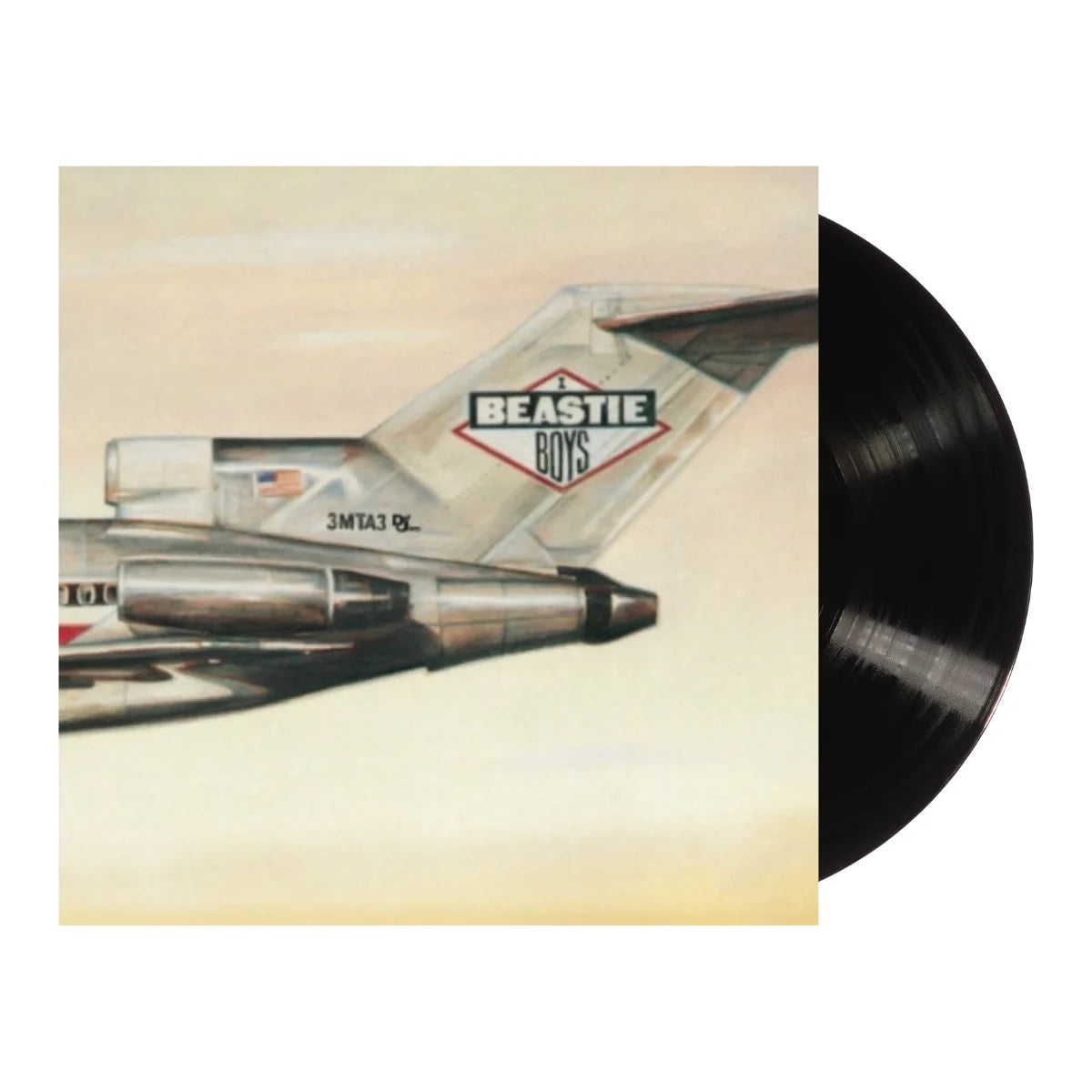
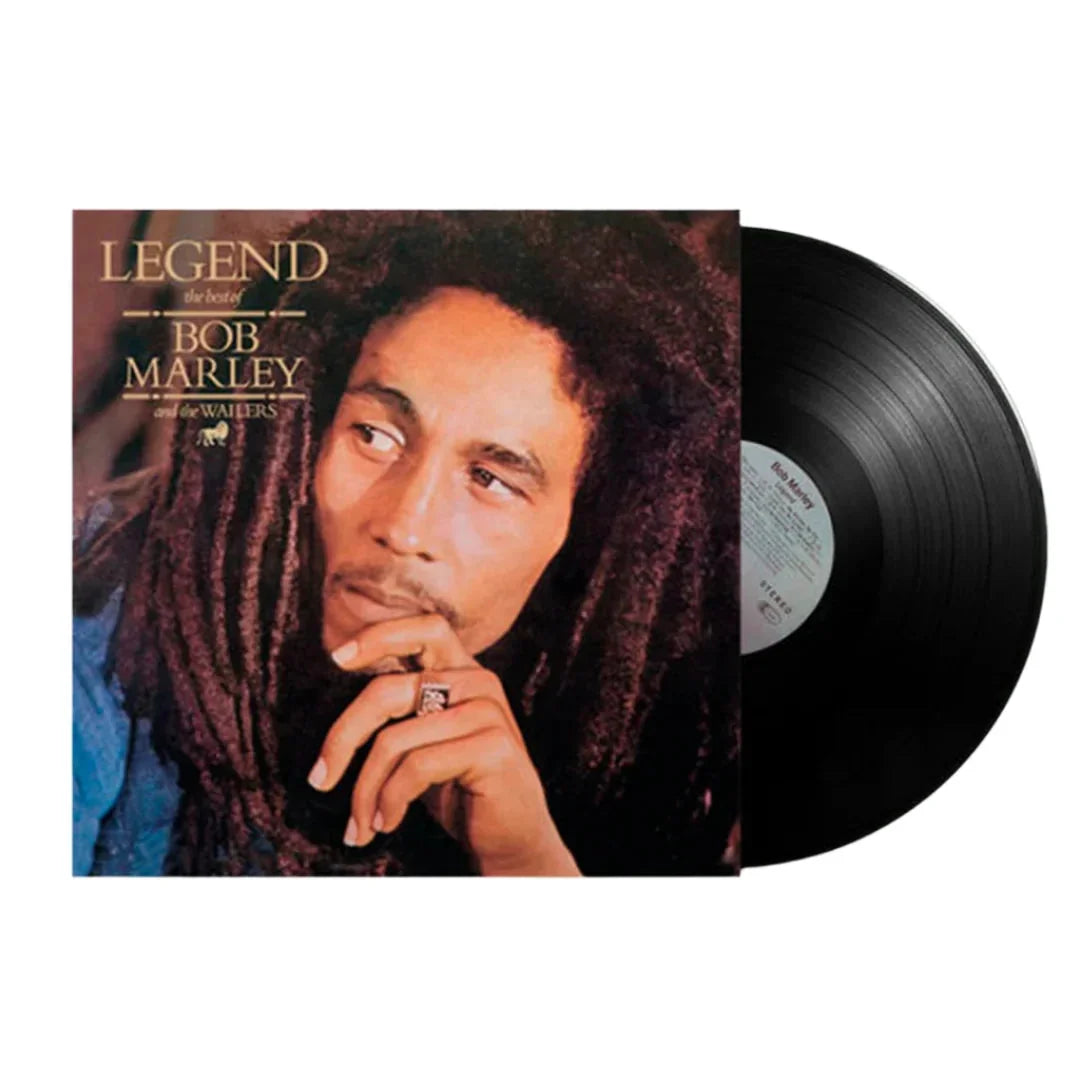

![1 Locate S - Wicked Jaw [Sky Blue]](http://vinyl.com/cdn/shop/files/4217742-2982879.jpg?v=1693273095&width=5760)

![11/5 - A-1 Yola [2LP Orange Swirl]](http://vinyl.com/cdn/shop/files/3992138-2728122.jpg?v=1684200429&width=5760)










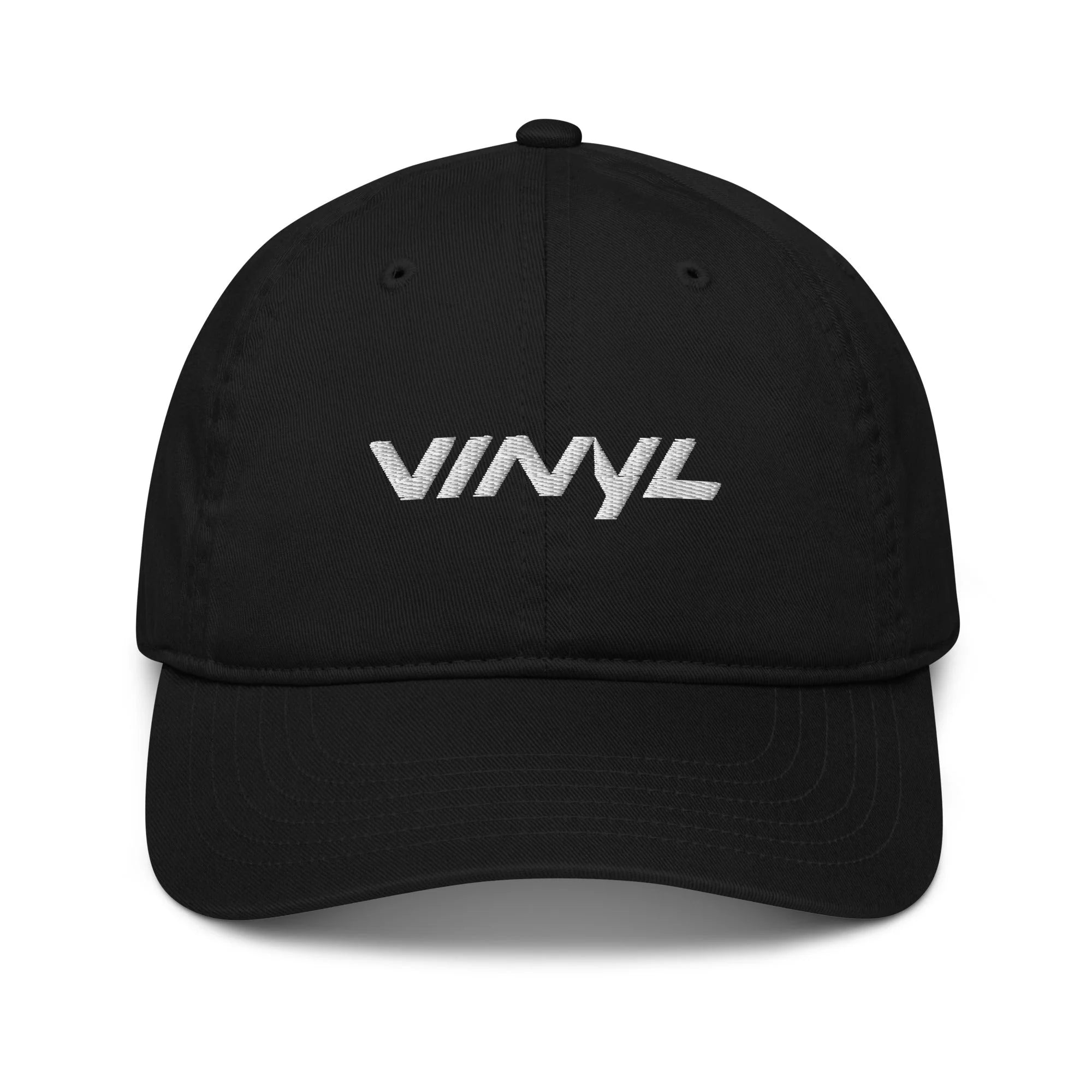

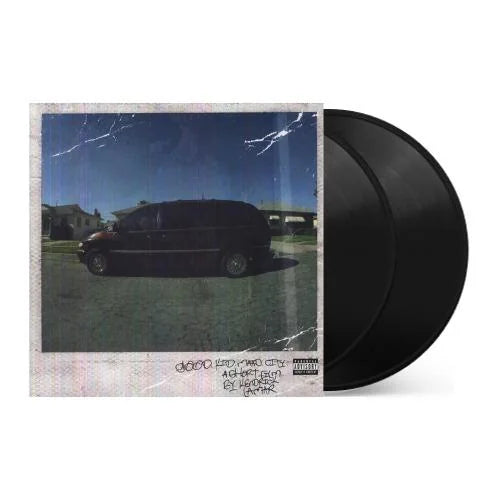
![Taylor Swift - 1989 (Taylor's Version) [2LP Crystal Skies Blue]](http://vinyl.com/cdn/shop/files/taylor_swift_1989_taylors_version.jpg?v=1734389117&width=5760)
![Taylor Swift - folklore [Beige 2LP]](http://vinyl.com/cdn/shop/files/477929-Product-0-I-637317959467683009_grande_a6f82db0-1cb7-45c5-8892-ed79af261e80.webp?v=1736750683&width=5760)

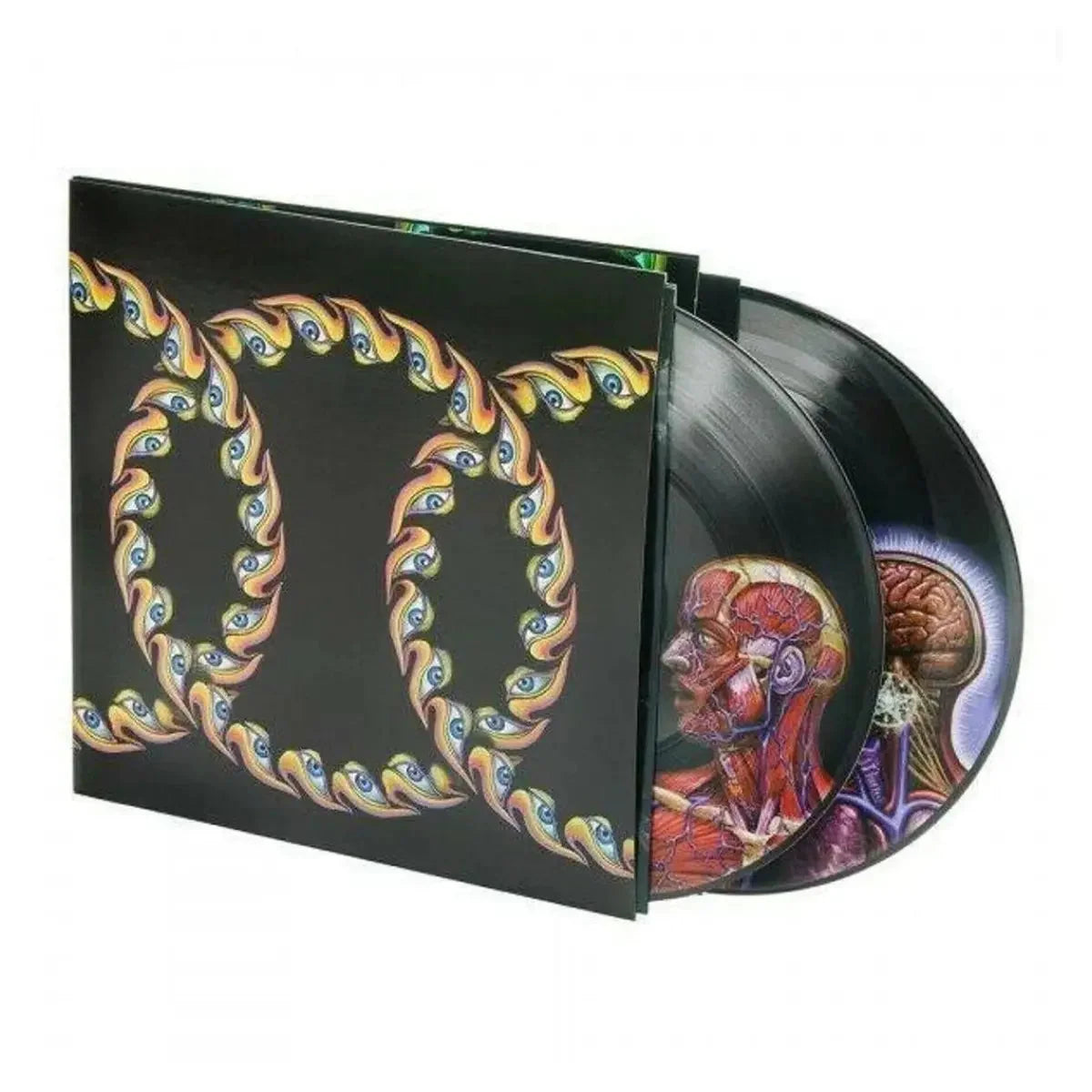
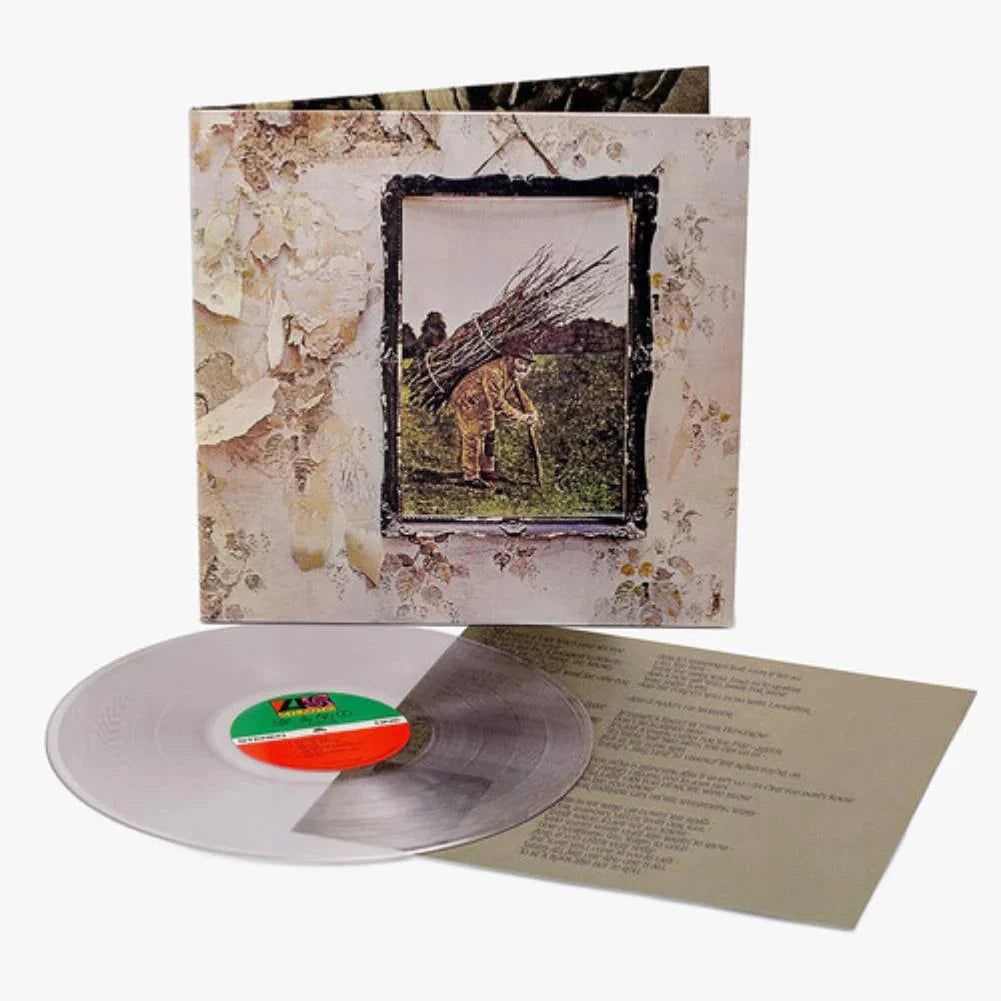
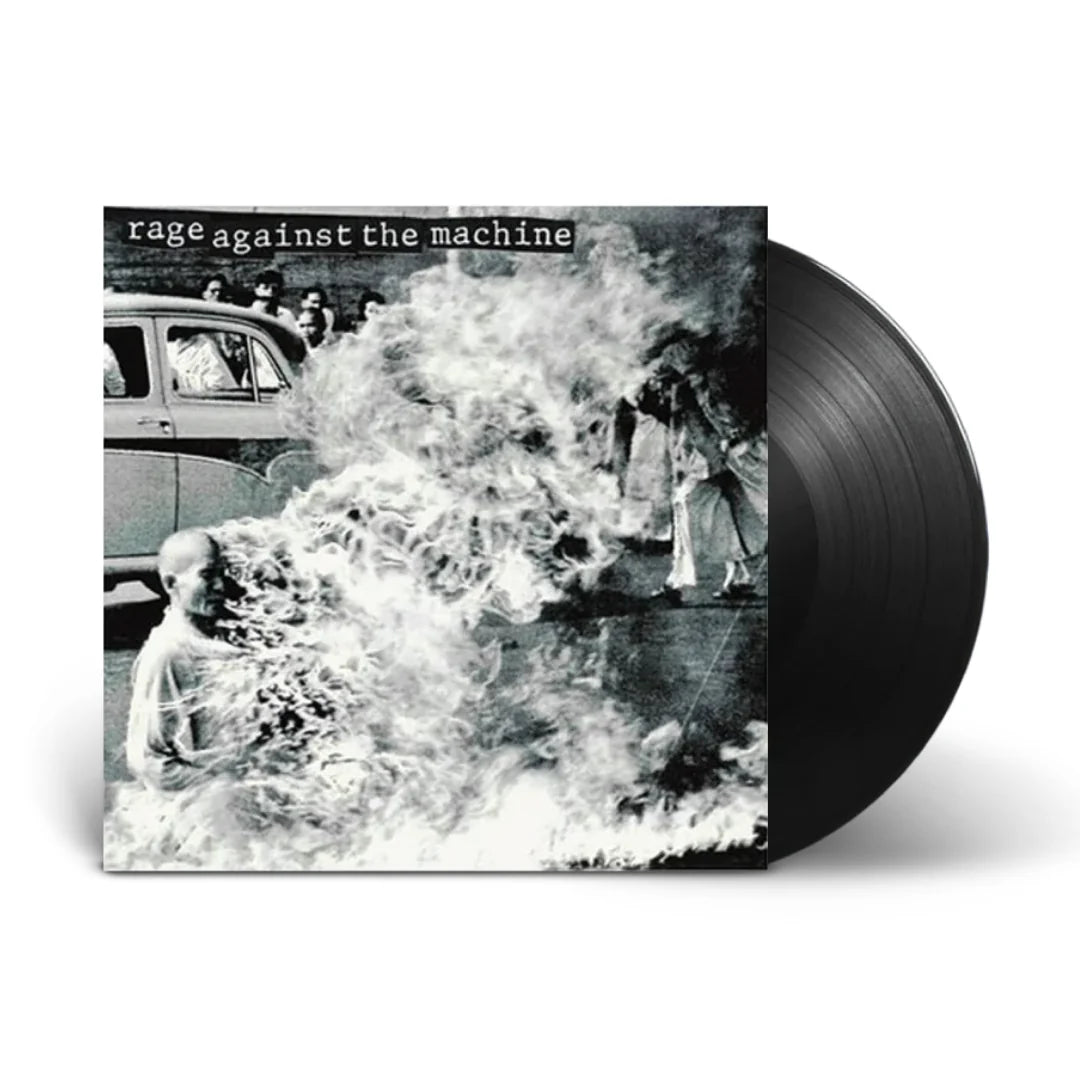
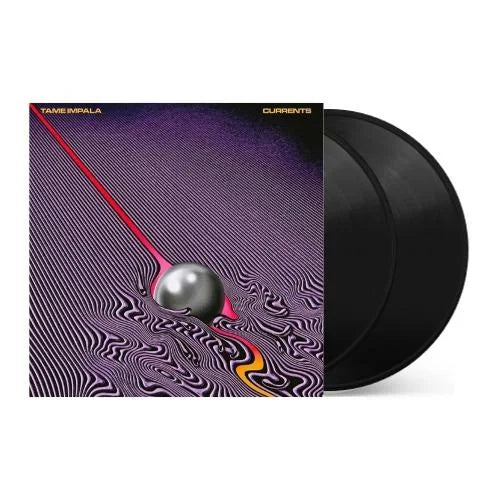
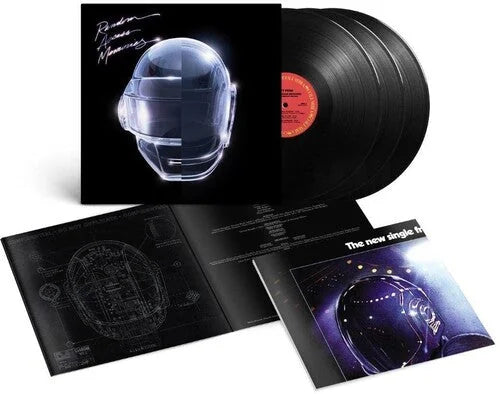
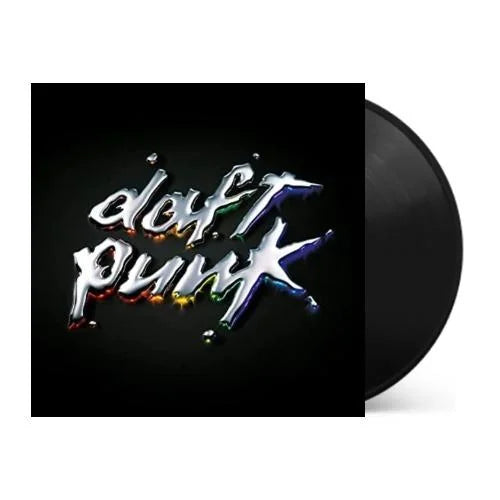

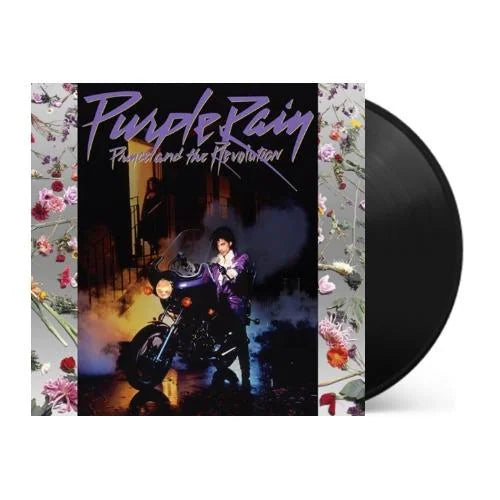
![The White Stripes - Elephant (20th Anniversary Edition) [Red Smoke/Clear 2LP]](http://vinyl.com/cdn/shop/files/white_stripes_elephant_20th_anniversary_red_smole_2lp_vinyl_1.webp?v=1734389098&width=5760)
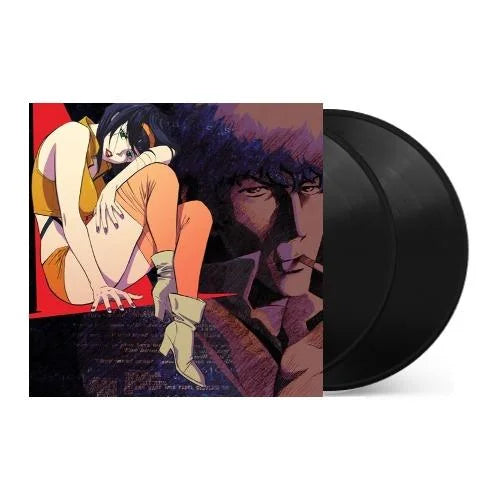

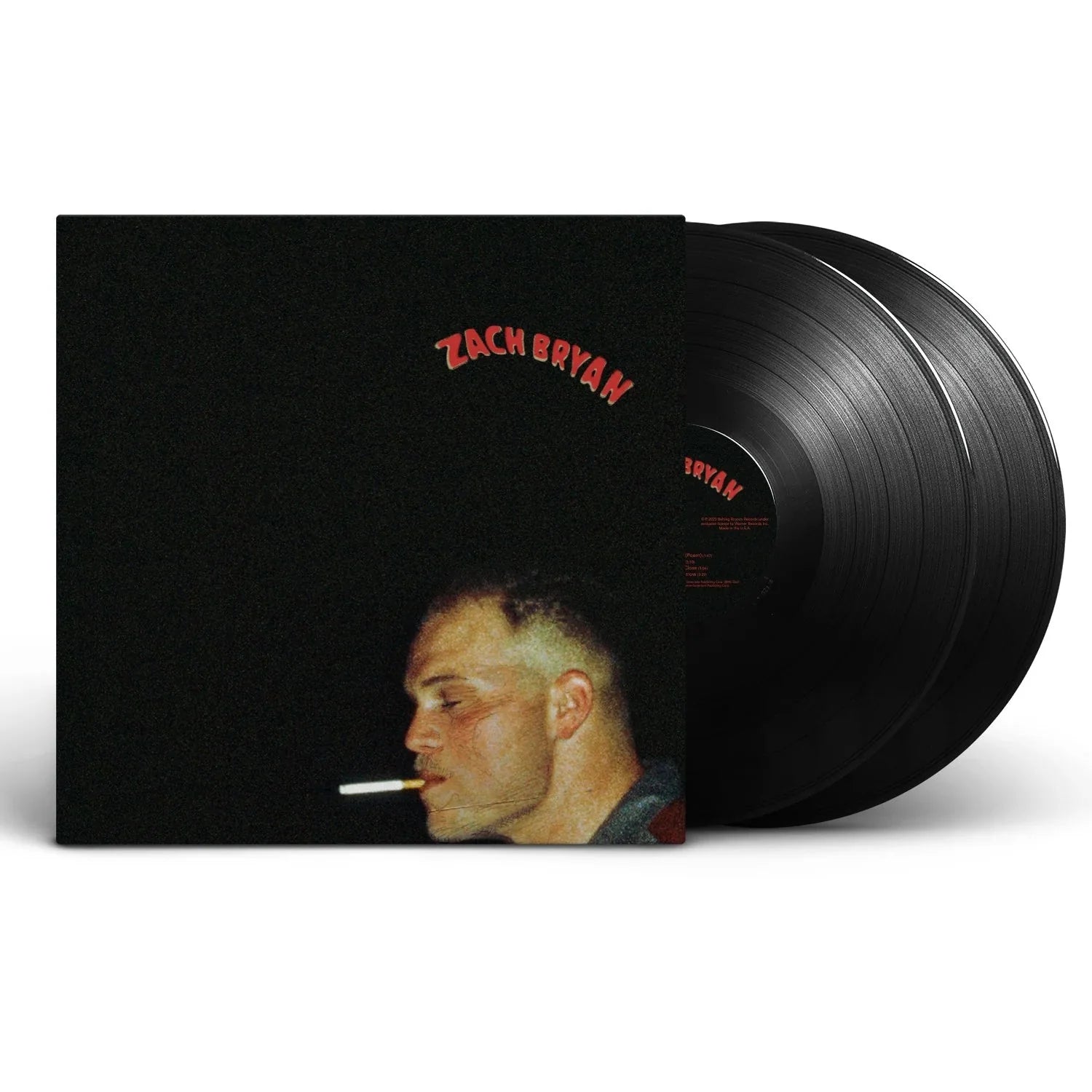
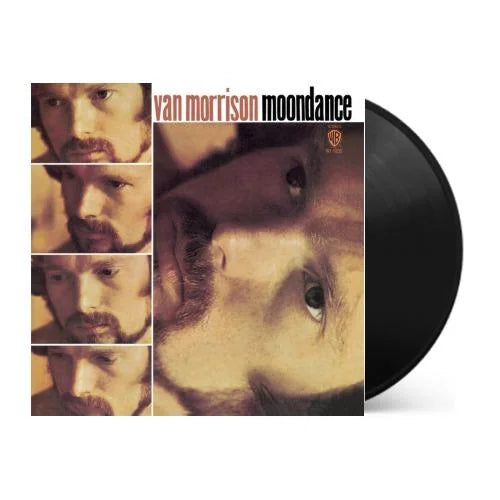
![Grace Jones - Nightclubbing [Gold]](http://vinyl.com/cdn/shop/files/4407705-3329230.jpg?v=1742429522&width=5760)
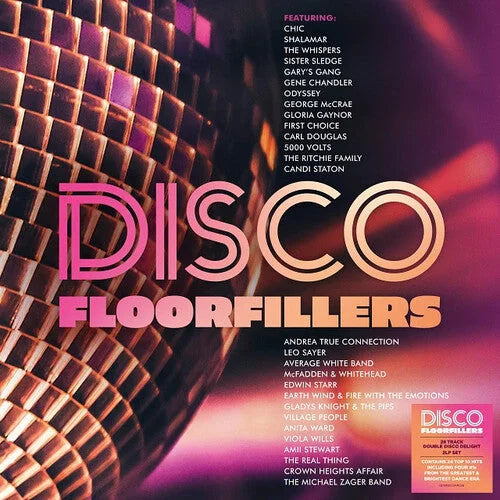

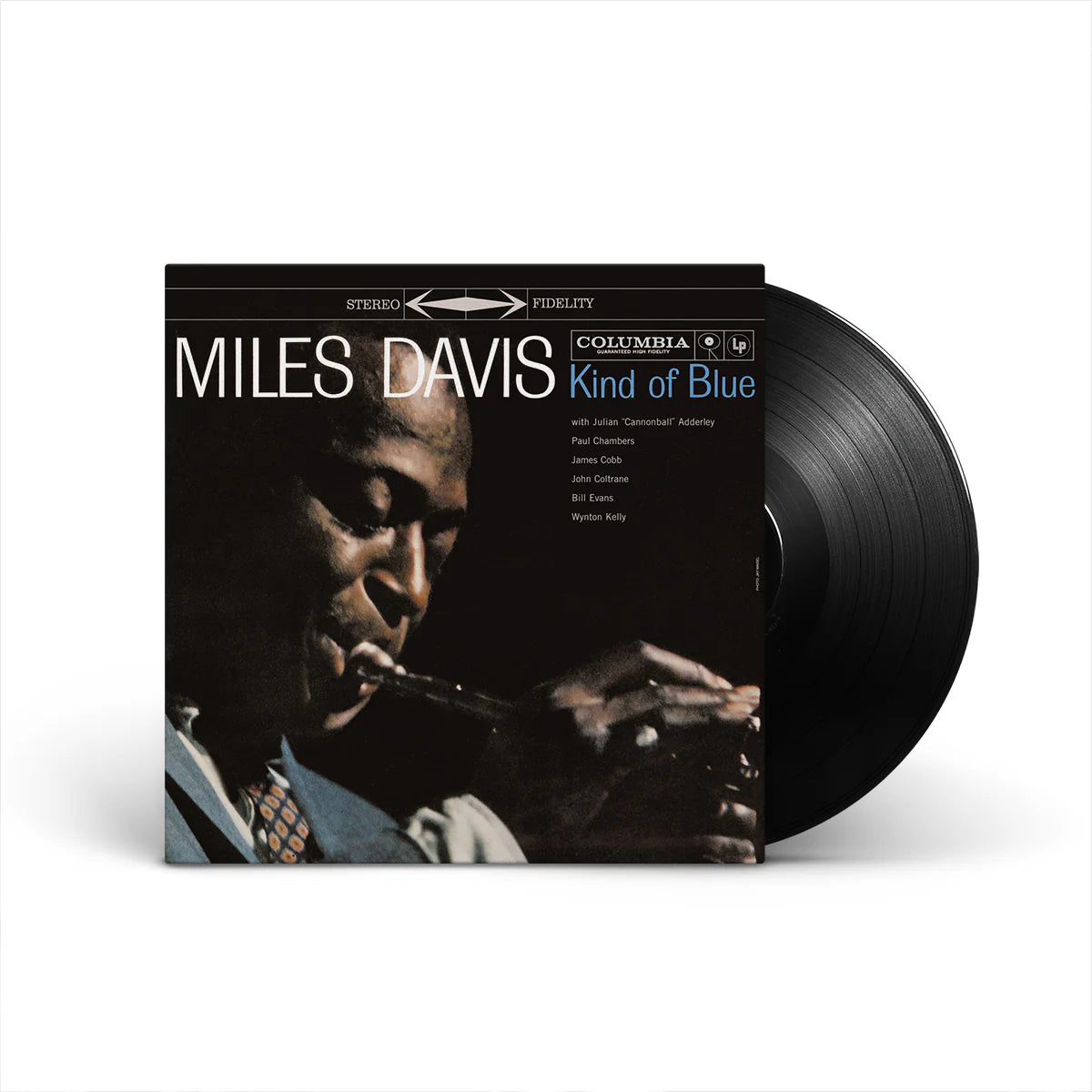
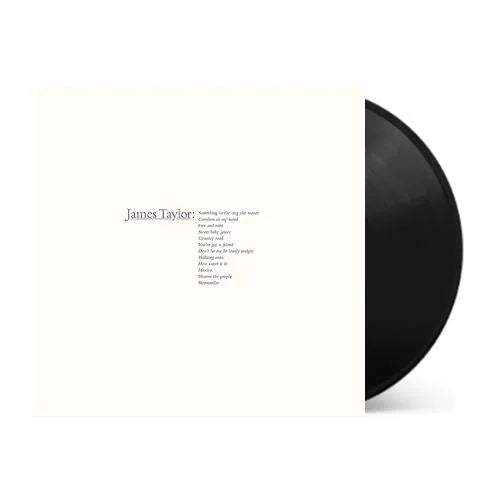
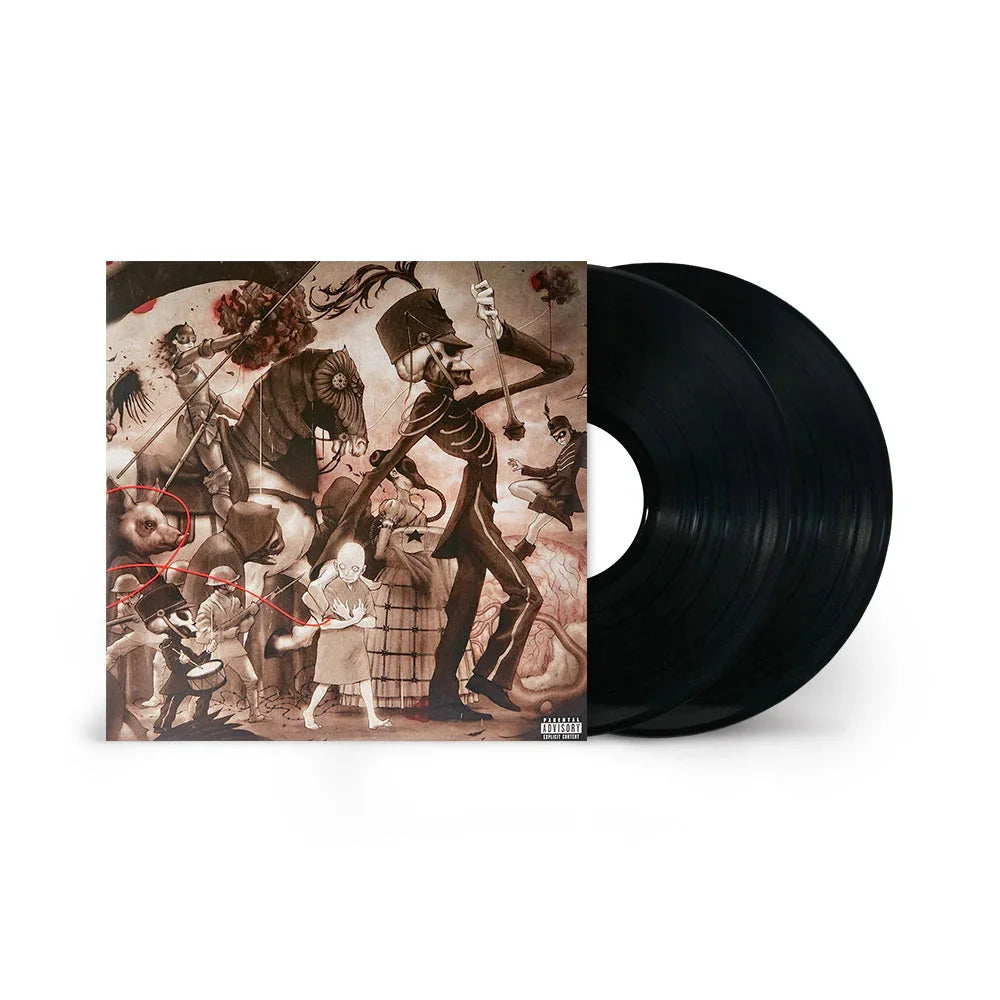
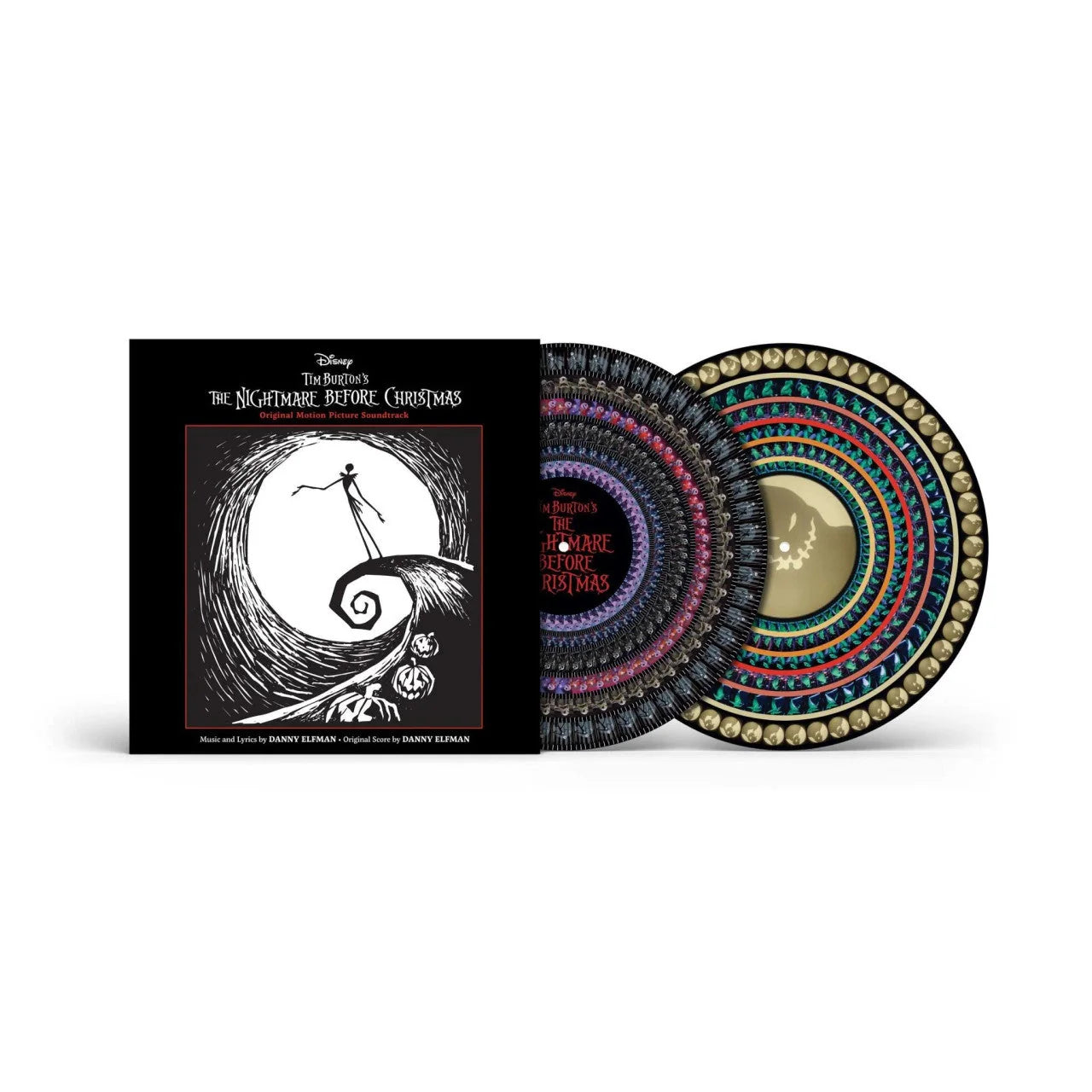
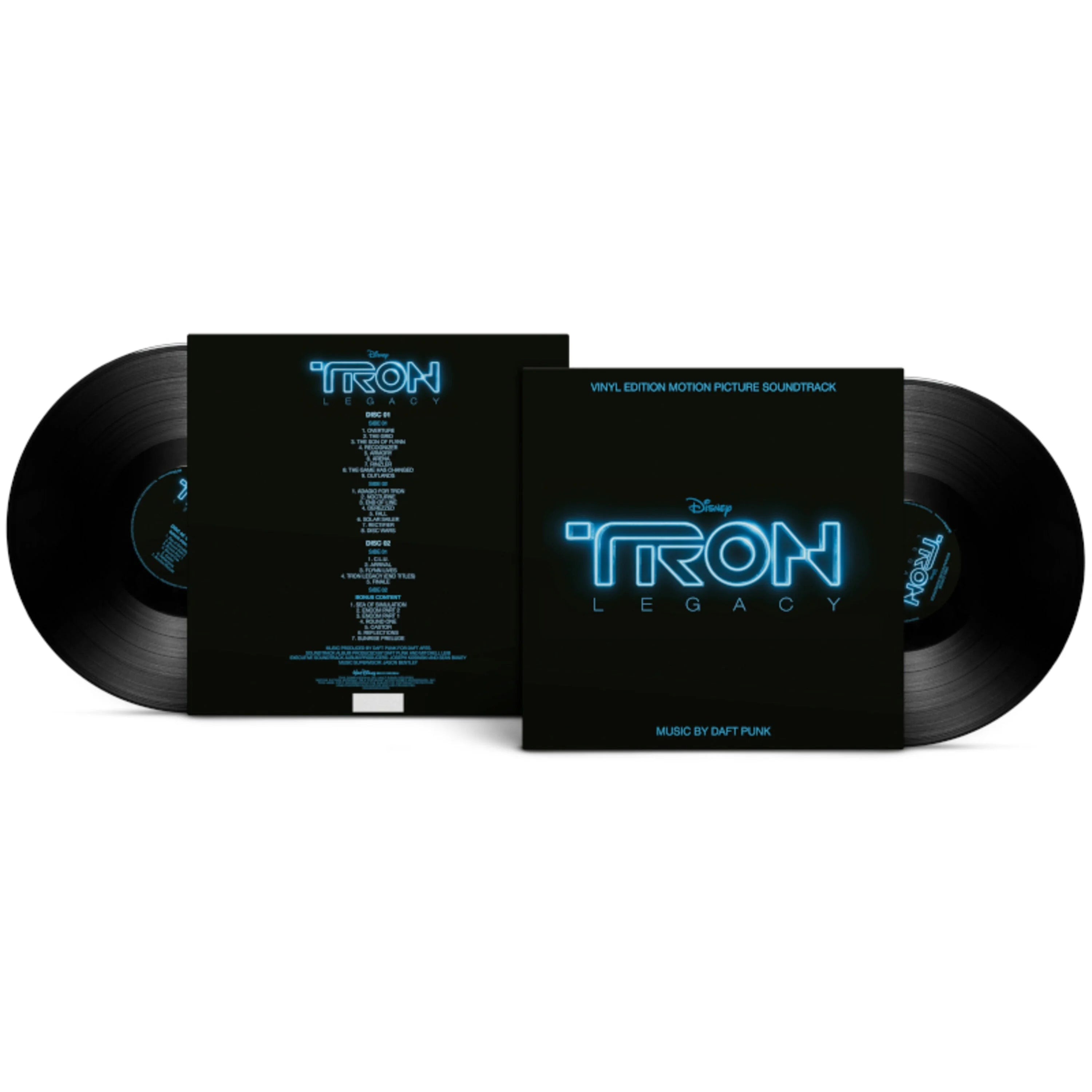
![Various Artists - Once Upon A Time: The Tarantino Sound [Red 180-Gram]](http://vinyl.com/cdn/shop/files/4376720-3283530.jpg?v=1733870948&width=5760)
